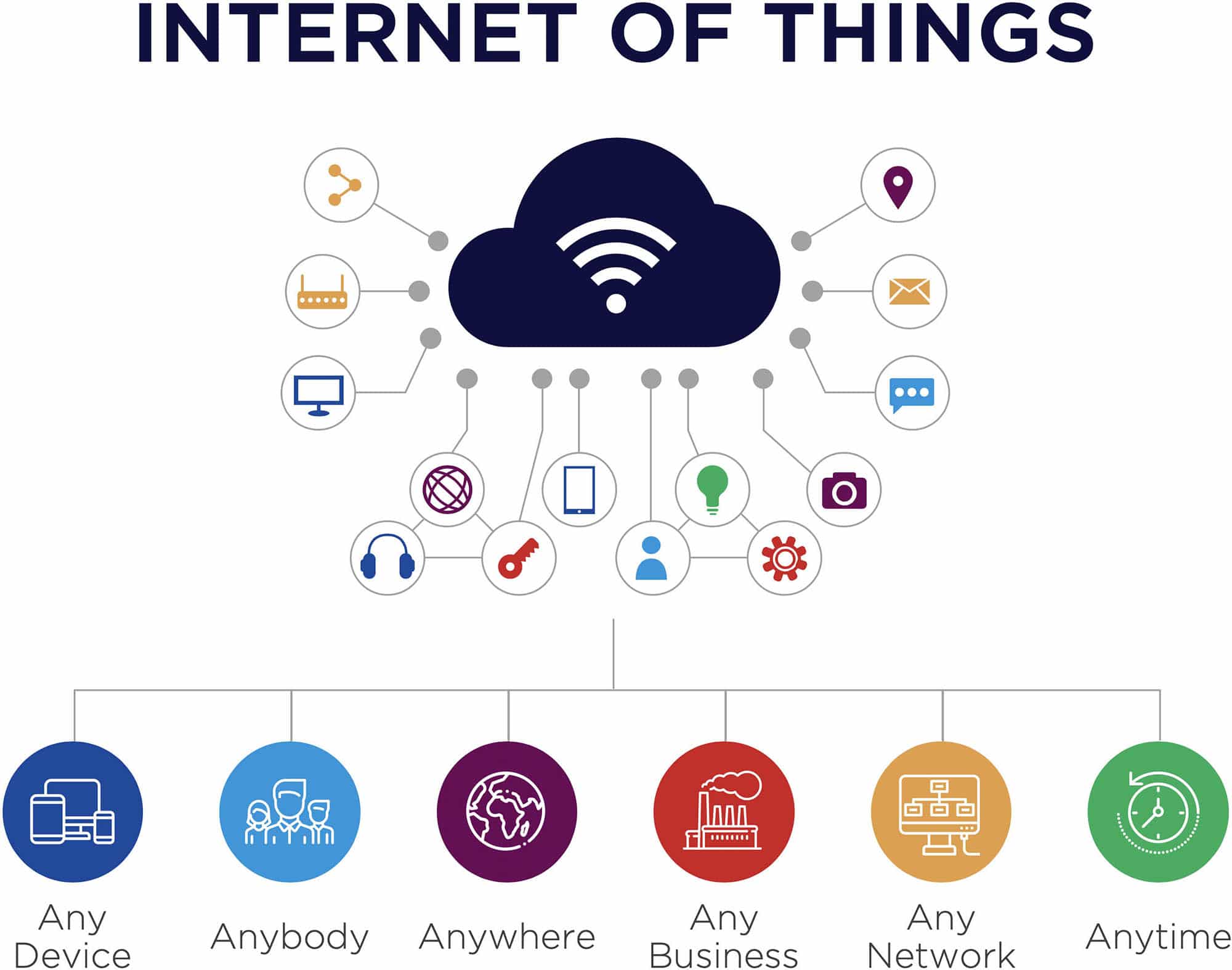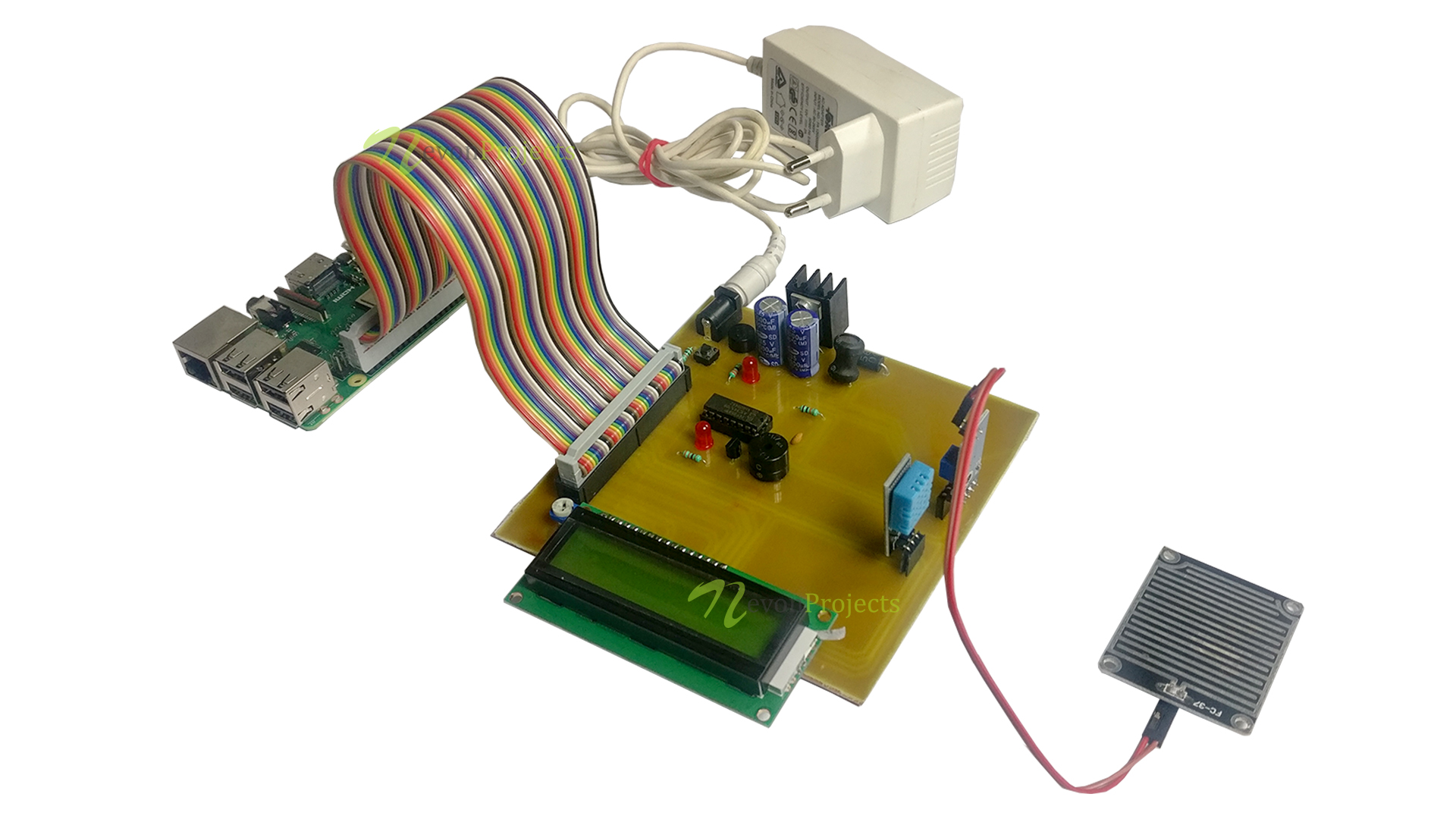Remote Manage IoT Over Internet: Your Ultimate Guide To Smart Living
Hey there, tech-savvy friend! Are you ready to dive into the world of managing IoT devices remotely over the internet? It’s not just about convenience; it’s about revolutionizing how we interact with technology. Remote manage IoT over internet is quickly becoming a must-have skill in today’s interconnected world. Whether you’re a tech enthusiast or a business owner looking to streamline operations, understanding this concept can change the game for you.
Imagine being able to control your home lighting, adjust your thermostat, or even monitor security cameras from anywhere in the world—all with just a few taps on your smartphone. Sounds cool, right? That’s the power of remote IoT management. But before we get too excited, let’s break it down and understand what it really means to manage IoT devices over the internet.
In this article, we’ll explore everything you need to know about remote manage IoT over internet. From the basics to advanced strategies, we’ve got you covered. So, grab your favorite drink, and let’s get started on this tech journey!
Here’s a quick overview of what we’ll cover:
- What is Remote IoT Management?
- Benefits of Remote IoT Management
- How Does It Work?
- Tools and Platforms for Remote IoT Management
- Security Considerations
- Common Challenges
- IoT Management in Business
- Best Practices
- Future Trends in IoT Remote Management
- Conclusion: Take Control of Your IoT Devices
What is Remote IoT Management?
Alright, let’s kick things off with the basics. Remote IoT management, as the name suggests, is the process of controlling and monitoring Internet of Things (IoT) devices from a distance. Think of it like being the captain of a ship, but instead of steering a vessel, you’re managing an entire fleet of smart devices.
These devices can range from simple home appliances like smart bulbs and thermostats to complex industrial machinery. The key here is connectivity. IoT devices are designed to communicate with each other and with central control systems through the internet. This means you can manage them from anywhere, as long as you have an internet connection.
But why does this matter? Well, in today’s fast-paced world, being able to manage your devices remotely saves time, increases efficiency, and offers a level of convenience that was unimaginable a decade ago. Imagine being able to lock your doors, turn off lights, or check your security cameras while you’re on vacation halfway across the globe. That’s the magic of remote IoT management.
Why is Remote IoT Management Important?
Let’s break it down a bit further. Remote manage IoT over internet isn’t just about convenience; it’s about empowerment. It gives you the ability to control your environment, whether it’s your home, office, or even industrial operations, without being physically present. This is particularly important for businesses looking to optimize their operations and reduce costs.
For instance, a manufacturing plant can use remote IoT management to monitor equipment performance, predict maintenance needs, and even automate certain processes. This not only increases productivity but also reduces downtime and maintenance costs. In short, remote IoT management is a game-changer for both personal and professional use.
Benefits of Remote IoT Management
Now that we’ve established what remote IoT management is, let’s talk about the benefits. There are plenty of reasons why you should consider incorporating remote IoT management into your daily life or business operations. Here are some of the top advantages:
- Increased Efficiency: With remote IoT management, you can automate repetitive tasks, freeing up time for more important activities.
- Cost Savings: By optimizing energy usage and reducing maintenance costs, you can significantly cut down on expenses.
- Enhanced Security: Remote management allows you to monitor and control security systems, ensuring your property is safe even when you’re not around.
- Improved Flexibility: Whether you’re at home, at work, or on vacation, you have full control over your IoT devices.
- Data Insights: Many remote IoT management platforms offer analytics tools that provide valuable insights into device usage and performance.
These benefits make remote IoT management a compelling option for anyone looking to take their tech game to the next level.
Real-World Examples
To give you a better idea, let’s look at a couple of real-world examples. A smart home owner can use remote IoT management to adjust the thermostat, lock doors, and even control lighting from their smartphone. On a larger scale, a logistics company can use IoT sensors to track the location and condition of their shipments in real-time, ensuring timely deliveries and maintaining product quality.
These examples highlight the versatility and potential of remote IoT management. Whether you’re managing a single device or an entire network, the possibilities are endless.
How Does It Work?
So, how exactly does remote manage IoT over internet work? At its core, it involves three main components: the IoT devices, a communication network (usually the internet), and a central control system. Let’s break it down step by step.
First, your IoT devices are equipped with sensors and connectivity modules that allow them to communicate with a central server. This server acts as the brain of the operation, receiving data from the devices and sending commands back to them. You, as the user, interact with this system through a user interface, which can be an app on your smartphone or a web-based dashboard.
The communication between the devices and the server is facilitated by various protocols, such as MQTT, HTTP, or CoAP. These protocols ensure that data is transmitted securely and efficiently. Additionally, many platforms offer encryption and authentication features to enhance security.
Key Technologies
Here are some of the key technologies that make remote IoT management possible:
- Cloud Computing: Provides the infrastructure needed to store and process large amounts of data.
- Edge Computing: Allows for faster data processing by performing computations closer to the source.
- Artificial Intelligence: Enables advanced analytics and automation capabilities.
These technologies work together to create a seamless and efficient remote IoT management experience.
Tools and Platforms for Remote IoT Management
Now that you understand how it works, let’s talk about the tools and platforms available for remote IoT management. There are numerous options out there, each with its own set of features and capabilities. Here are some of the most popular ones:
- Amazon Web Services (AWS) IoT: Offers a comprehensive suite of tools for managing IoT devices at scale.
- Microsoft Azure IoT: Provides robust security features and integration with other Microsoft services.
- Google Cloud IoT Core: Known for its powerful analytics capabilities and ease of use.
- IBM Watson IoT Platform: Combines IoT management with advanced AI capabilities.
These platforms cater to a wide range of needs, from small-scale home automation to large-scale industrial applications. Choosing the right one depends on your specific requirements and budget.
Choosing the Right Platform
When selecting a platform for remote IoT management, consider factors such as scalability, security, ease of use, and cost. It’s also important to ensure that the platform supports the protocols and technologies used by your IoT devices. Doing your research and reading reviews can help you make an informed decision.
Security Considerations
Security is a critical aspect of remote IoT management. With so many devices connected to the internet, the risk of cyberattacks is real. That’s why it’s essential to take steps to protect your IoT devices and data. Here are some security best practices:
- Use Strong Passwords: Ensure that all devices and accounts are protected with strong, unique passwords.
- Enable Two-Factor Authentication: Add an extra layer of security by requiring a second form of verification.
- Keep Firmware Updated: Regularly update device firmware to patch security vulnerabilities.
- Monitor Activity: Keep an eye on device activity and investigate any suspicious behavior.
By following these practices, you can significantly reduce the risk of security breaches and protect your IoT ecosystem.
Encryption and Authentication
Encryption and authentication are two key components of IoT security. Encryption ensures that data transmitted between devices and servers is scrambled, making it unreadable to unauthorized parties. Authentication, on the other hand, verifies the identity of devices and users, preventing unauthorized access.
Many remote IoT management platforms offer built-in encryption and authentication features, but it’s important to ensure that these features are enabled and properly configured.
Common Challenges
While remote manage IoT over internet offers many benefits, it’s not without its challenges. Here are some common obstacles you might encounter:
- Interoperability: Different devices and platforms may not always work well together, leading to compatibility issues.
- Bandwidth Constraints: Managing a large number of devices can strain network resources, resulting in slower performance.
- Data Privacy: Ensuring that sensitive data is protected and complies with regulations like GDPR can be challenging.
Addressing these challenges requires careful planning and the use of appropriate technologies and strategies.
Overcoming Challenges
One way to overcome these challenges is by using platforms that offer robust interoperability features and efficient data management. Additionally, implementing network optimization techniques and adhering to data privacy regulations can help mitigate these issues.
IoT Management in Business
Remote IoT management has significant implications for businesses across various industries. From healthcare to manufacturing, companies are leveraging IoT technology to improve operations, enhance customer experiences, and drive innovation. Here’s how:
- Healthcare: Remote monitoring of patients using IoT devices can improve care quality and reduce hospital readmissions.
- Manufacturing: Predictive maintenance and real-time monitoring can increase equipment uptime and reduce costs.
- Retail: Smart inventory management and personalized customer experiences can boost sales and loyalty.
These examples illustrate the transformative potential of remote IoT management in the business world.
Case Studies
Let’s look at a couple of case studies to see how businesses are successfully implementing remote IoT management:
- Company A: A logistics firm used IoT sensors to optimize delivery routes, reducing fuel consumption by 20%.
- Company B: A manufacturing plant implemented predictive maintenance, cutting downtime by 30%.
These success stories demonstrate the tangible benefits of remote IoT management in a business context.
Best Practices
To get the most out of remote IoT management, it’s important to follow best practices. Here are some tips to help you succeed:
- Start Small: Begin with a pilot project to test the technology and identify potential issues.
- Focus on User Experience: Ensure that the user interface is intuitive and easy to use.
- Monitor Performance: Regularly track device performance and system health to identify areas for improvement.
By adhering to these best practices, you can maximize the benefits of remote IoT management and avoid common pitfalls.
Future Trends in IoT Remote Management
As technology continues to evolve, so does the landscape of remote IoT management. Here are some trends to watch out for:
- 5G Networks: The rollout of 5G will enable faster and more reliable connections, enhancing the capabilities of IoT devices.
- AI and Machine Learning: These technologies will play a bigger role in automating processes and providing predictive insights.
- Edge Computing: Processing data closer to the source will reduce latency and improve performance.
These trends will shape the future of remote IoT management, offering even more possibilities and opportunities.
How to Manage of Things (IoT) Data DataStax

IoT Scope

Remote Manage IoT Over Raspberry Pi A Comprehensive Guide